Home>Gardening & Outdoor>Landscaping Ideas>Why Are Grass Lawns Bad For The Environment
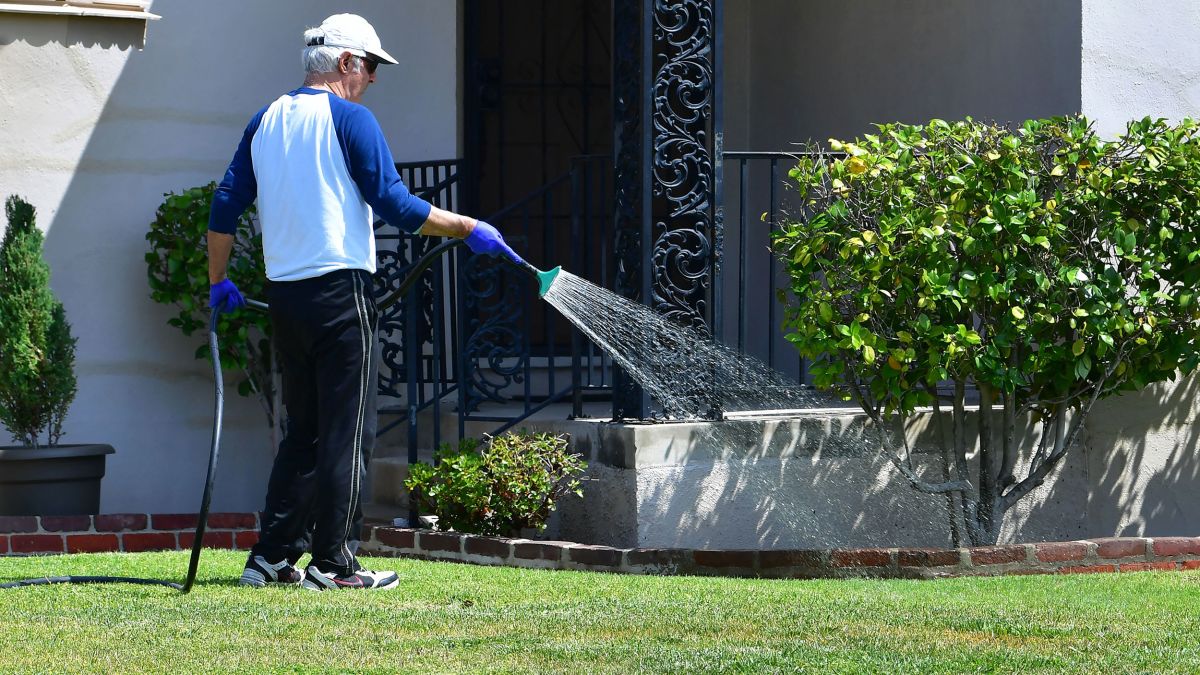

Landscaping Ideas
Why Are Grass Lawns Bad For The Environment
Published: January 29, 2024
Discover sustainable landscaping ideas to replace traditional grass lawns and reduce environmental impact. Learn how to create an eco-friendly outdoor space.
(Many of the links in this article redirect to a specific reviewed product. Your purchase of these products through affiliate links helps to generate commission for Storables.com, at no extra cost. Learn more)
Introduction
Grass lawns have long been a symbol of suburban landscapes, evoking images of neatly manicured green expanses. However, the environmental impact of traditional grass lawns is a topic that is gaining increasing attention. While they may contribute to the aesthetic appeal of a property, the ecological consequences of maintaining vast areas of grass are substantial. From excessive water usage to the proliferation of harmful chemicals, the environmental implications of grass lawns are far-reaching. This article delves into the various ways in which grass lawns can negatively impact the environment, shedding light on the need for more sustainable landscaping practices.
Key Takeaways:
- Traditional grass lawns have a big impact on the environment, using lots of water and harmful chemicals. Switching to native plants and eco-friendly practices can help protect the planet.
- Maintaining grass lawns contributes to greenhouse gas emissions and soil erosion. By embracing sustainable landscaping, we can reduce our environmental footprint and create healthier, more resilient outdoor spaces.
Water Usage
One of the most significant environmental concerns associated with traditional grass lawns is their substantial water requirements. In many regions, maintaining a lush, green lawn necessitates frequent watering, especially during dry spells or hot summer months. The demand for water to sustain these lawns places a considerable strain on local water supplies, particularly in areas prone to drought. The excessive irrigation of grass lawns not only depletes water resources but also contributes to increased water bills for homeowners.
Moreover, the use of potable water for lawn irrigation further exacerbates the issue, as it involves diverting treated drinking water, which is a precious and limited resource, for non-essential purposes. As a result, the environmental impact of such water usage extends beyond the immediate depletion of local water sources and encompasses the energy-intensive processes involved in treating and distributing potable water.
Transitioning to drought-resistant landscaping alternatives, such as native plants and xeriscaping, can significantly mitigate the environmental strain caused by excessive water usage. By embracing water-wise landscaping practices, homeowners can reduce their reliance on irrigation, conserve water, and contribute to the overall sustainability of their local ecosystems.
Chemical Usage
Traditional lawn maintenance often involves the widespread use of chemical fertilizers, herbicides, and pesticides. While these products are intended to promote the growth of lush, uniform grass and combat weeds and pests, their indiscriminate application can have detrimental effects on the environment. The runoff from these chemicals can contaminate nearby water bodies, posing risks to aquatic ecosystems and wildlife. Additionally, the leaching of fertilizers into the soil can contribute to nutrient pollution, leading to harmful algal blooms and degraded water quality.
Furthermore, the use of synthetic pesticides can disrupt the balance of local ecosystems by harming beneficial insects, such as pollinators, and other non-target organisms. This indiscriminate destruction of wildlife can have cascading effects on the food chain and ecosystem dynamics, ultimately leading to reduced biodiversity and ecological resilience.
To mitigate the environmental impact of chemical usage in lawn care, homeowners can explore organic and natural alternatives that promote soil health and biological pest control. Adopting practices such as composting, mulching, and integrated pest management can foster a more harmonious relationship between lawns and the surrounding environment. By minimizing reliance on synthetic chemicals, individuals can play a proactive role in safeguarding the ecological integrity of their communities.
Biodiversity Loss
The prevalence of expansive grass lawns in urban and suburban areas contributes to the loss of biodiversity on multiple fronts. Firstly, the monoculture nature of traditional lawns, typically dominated by a single species of grass, creates a homogenized landscape that lacks the diversity of plant species found in natural ecosystems. This limited plant diversity, in turn, fails to provide essential habitats and food sources for a wide array of native wildlife, including insects, birds, and small mammals.
Furthermore, the use of chemical fertilizers and pesticides, as mentioned previously, can have detrimental effects on local biodiversity by disrupting the delicate balance of ecological communities. Pollinators, such as bees and butterflies, are particularly vulnerable to the adverse impacts of chemical exposure, leading to population declines that reverberate throughout the ecosystem.
To address the issue of biodiversity loss associated with traditional grass lawns, homeowners can embrace landscaping practices that prioritize native plantings and diverse vegetation. Incorporating native wildflowers, shrubs, and trees into the landscape not only enhances the aesthetic appeal of the property but also provides crucial support for local wildlife. By creating a mosaic of diverse habitats within residential areas, individuals can contribute to the conservation of biodiversity and the restoration of ecological balance in their communities.
Consider replacing your grass lawn with native plants or ground cover to reduce water usage, chemical use, and maintenance while providing habitat for local wildlife.
Greenhouse Gas Emissions
The maintenance of traditional grass lawns contributes to greenhouse gas emissions through various channels, thereby exacerbating the challenges of climate change. One significant source of emissions stems from the use of lawn mowers and other power tools powered by fossil fuels. The combustion of gasoline or diesel in these machines releases carbon dioxide (CO2) and other pollutants into the atmosphere, contributing to the accumulation of greenhouse gases.
Moreover, the application of synthetic fertilizers to maintain the lush appearance of grass lawns can lead to the release of nitrous oxide (N2O), a potent greenhouse gas with a significantly higher global warming potential than CO2. This emission occurs as a byproduct of microbial processes in the soil following the application of nitrogen-based fertilizers.
Transitioning to eco-friendly lawn care practices, such as using manual or electric-powered lawn mowers and minimizing the use of synthetic fertilizers, can help reduce the carbon footprint associated with traditional grass lawns. Additionally, embracing sustainable landscaping techniques, including the incorporation of permeable surfaces and the promotion of carbon-sequestering plants, can further mitigate the impact of lawn maintenance on greenhouse gas emissions.
By adopting environmentally conscious lawn care practices, individuals can play a part in combatting climate change and fostering more climate-resilient communities.
Read more: Why Is Turf Grass Bad For The Environment
Soil Erosion
Traditional grass lawns, particularly those devoid of robust root systems, are vulnerable to soil erosion, especially in areas prone to heavy rainfall or strong winds. The continuous mowing and trampling associated with lawn maintenance can further exacerbate soil compaction, reducing its ability to absorb and retain water. As a result, rainwater runoff carries away topsoil, leading to erosion and the loss of valuable nutrients essential for plant growth.
Furthermore, the reliance on chemical fertilizers and pesticides in conventional lawn care practices can disrupt the natural balance of soil microorganisms and beneficial insects, further compromising the soil’s health and resilience against erosion.
To address soil erosion associated with grass lawns, homeowners can implement soil conservation measures, such as the incorporation of ground cover plants, mulching, and the establishment of vegetated buffer zones. These strategies help stabilize the soil, minimize runoff, and promote the retention of topsoil, thereby safeguarding the long-term productivity of the land.
Moreover, fostering a more holistic approach to lawn maintenance, including practices like composting, aeration, and the use of organic soil amendments, can enhance soil structure and vitality, reducing its susceptibility to erosion. By nurturing healthy, biodiverse soils within residential landscapes, individuals can contribute to the preservation of a crucial natural resource while fostering resilient and sustainable ecosystems.
Conclusion
While traditional grass lawns have long been synonymous with suburban aesthetics, it is essential to recognize their significant environmental implications. From excessive water consumption and chemical usage to biodiversity loss and greenhouse gas emissions, the ecological footprint of conventional lawn maintenance practices is substantial. However, there is a growing awareness of the need for more sustainable landscaping approaches that minimize environmental impact while enhancing the beauty and functionality of outdoor spaces.
Transitioning away from the traditional paradigm of expansive, high-maintenance grass lawns opens the door to a diverse array of eco-friendly landscaping alternatives. Embracing native plantings, xeriscaping, and organic lawn care practices not only reduces water usage and chemical dependency but also fosters biodiversity, mitigates greenhouse gas emissions, and safeguards soil health. These sustainable landscaping approaches offer a harmonious balance between human enjoyment and ecological stewardship, creating resilient and vibrant outdoor environments.
As individuals and communities increasingly prioritize environmental sustainability, the shift towards eco-conscious landscaping is gaining momentum. By reimagining outdoor spaces as dynamic, biodiverse ecosystems, homeowners can play a pivotal role in supporting local wildlife, conserving water resources, and mitigating the impacts of climate change. Through informed choices and proactive engagement in sustainable lawn care practices, individuals can contribute to the collective effort of building greener, healthier, and more resilient communities.
Frequently Asked Questions about Why Are Grass Lawns Bad For The Environment
Was this page helpful?
At Storables.com, we guarantee accurate and reliable information. Our content, validated by Expert Board Contributors, is crafted following stringent Editorial Policies. We're committed to providing you with well-researched, expert-backed insights for all your informational needs.
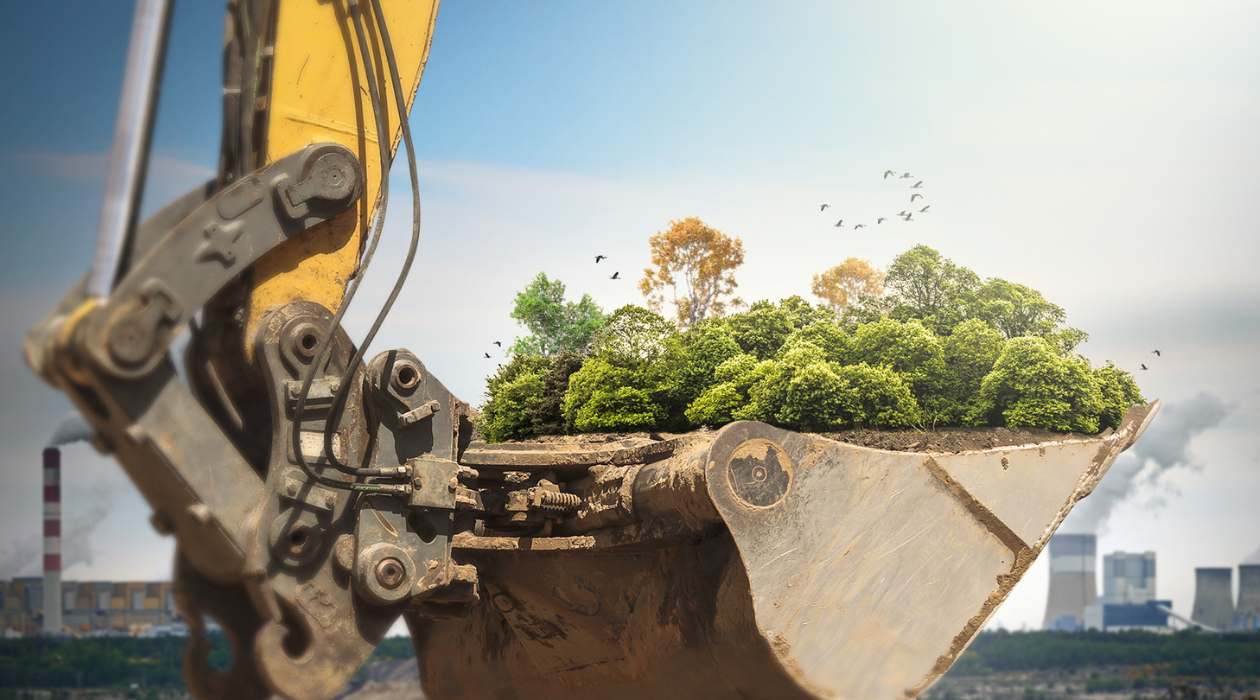
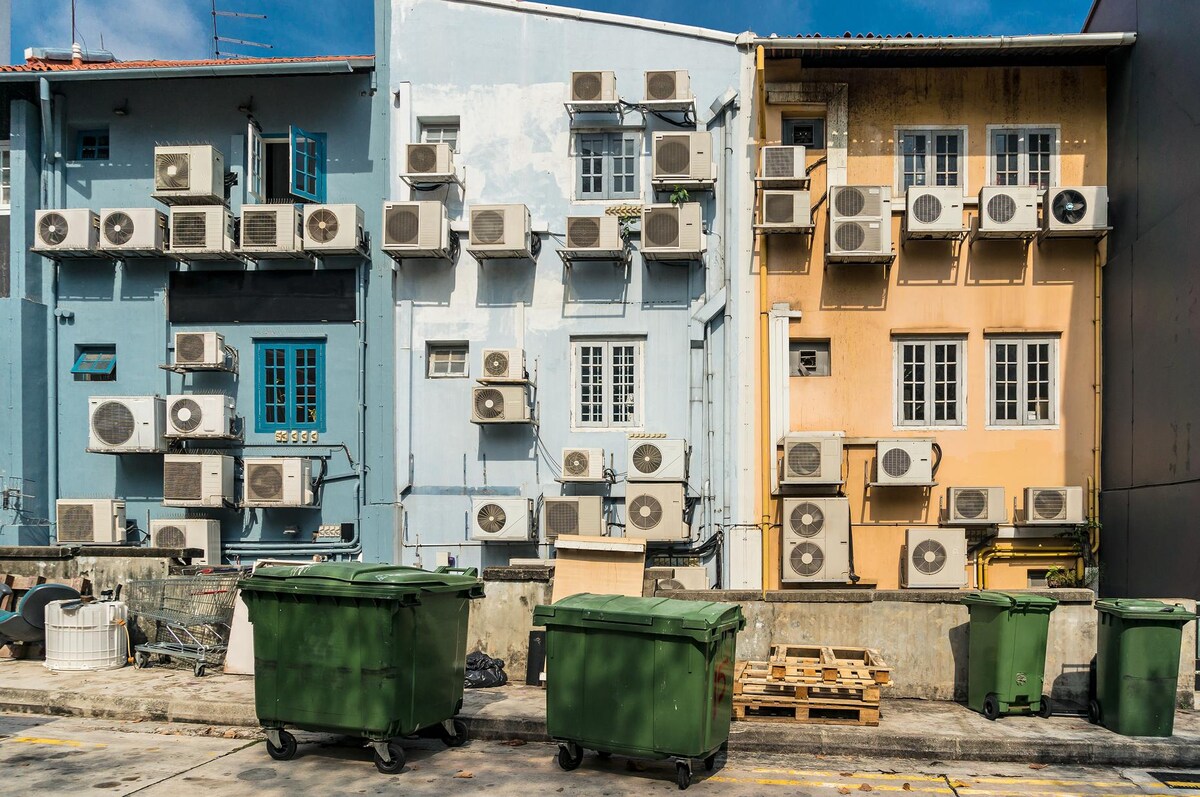
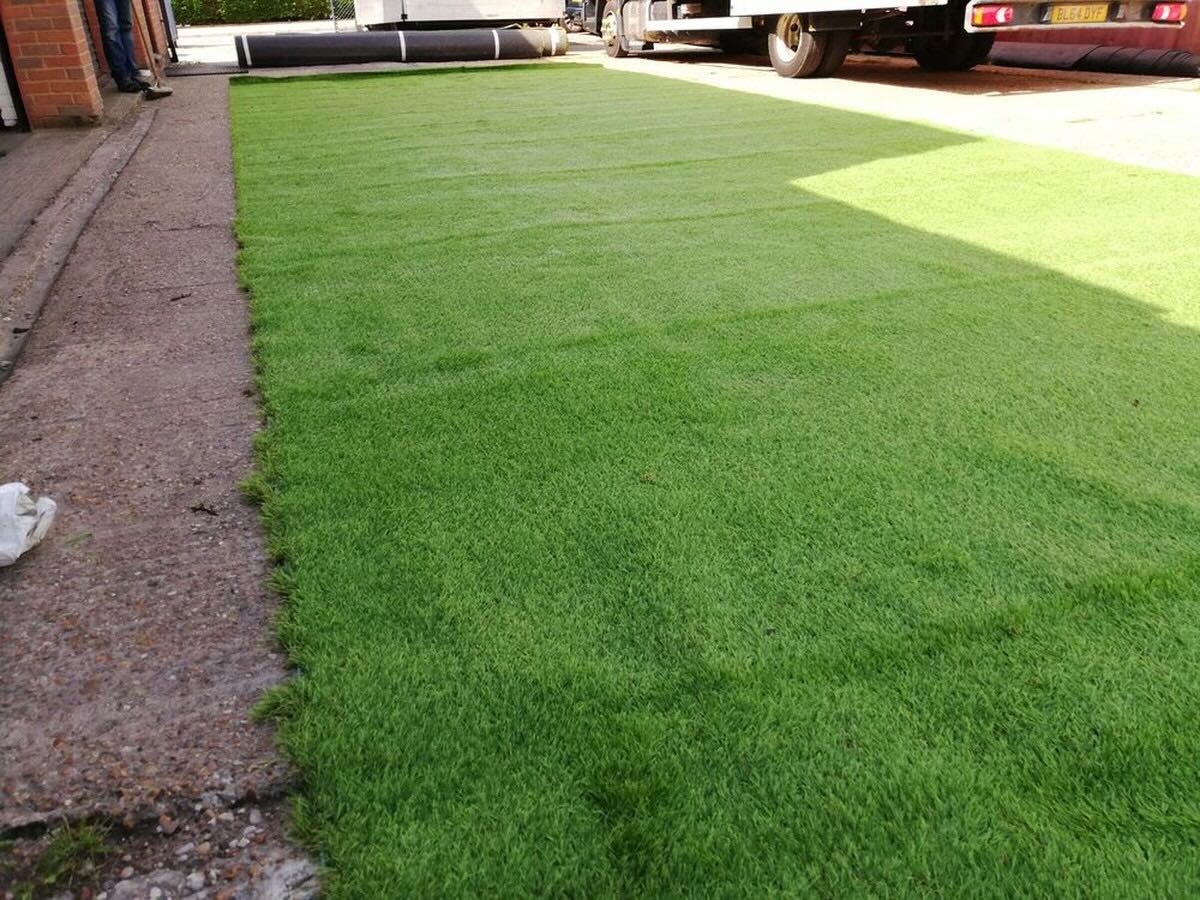
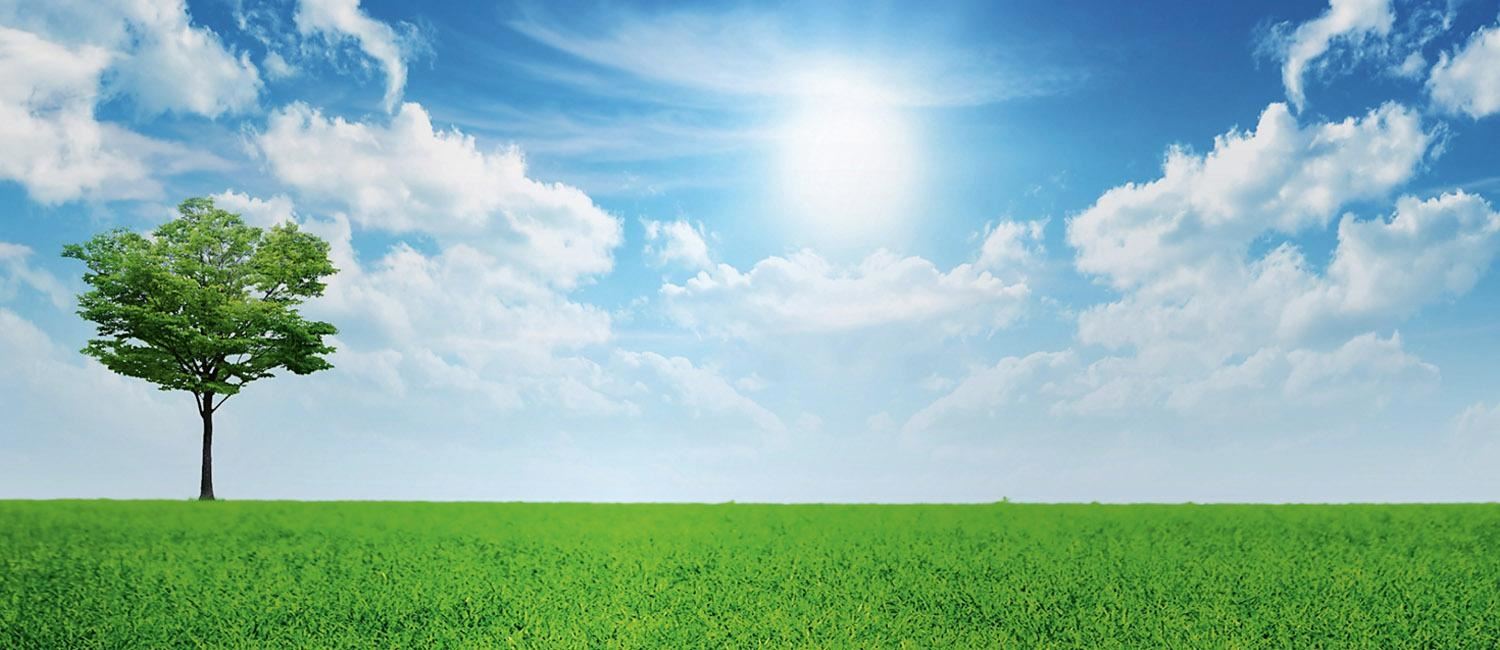
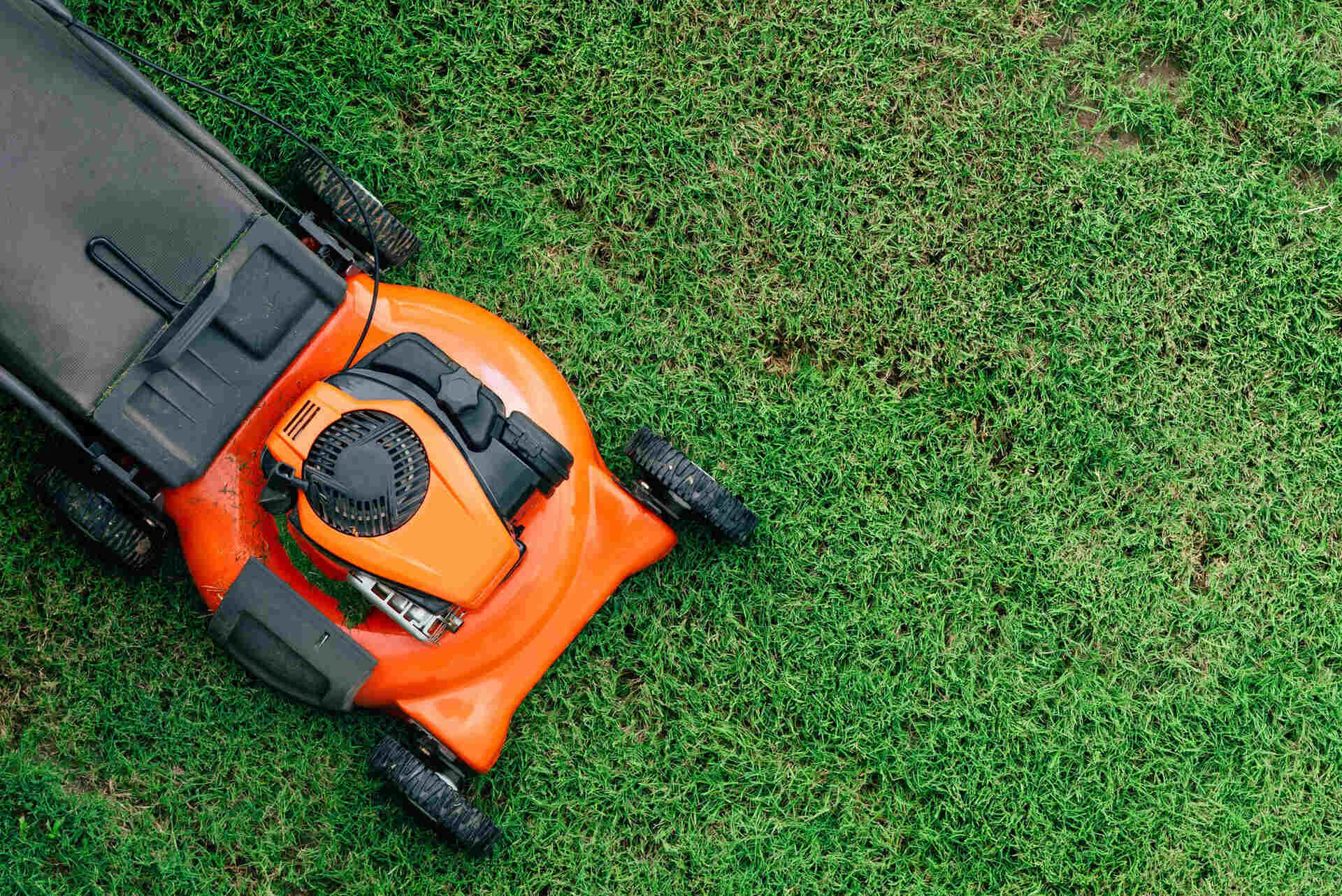
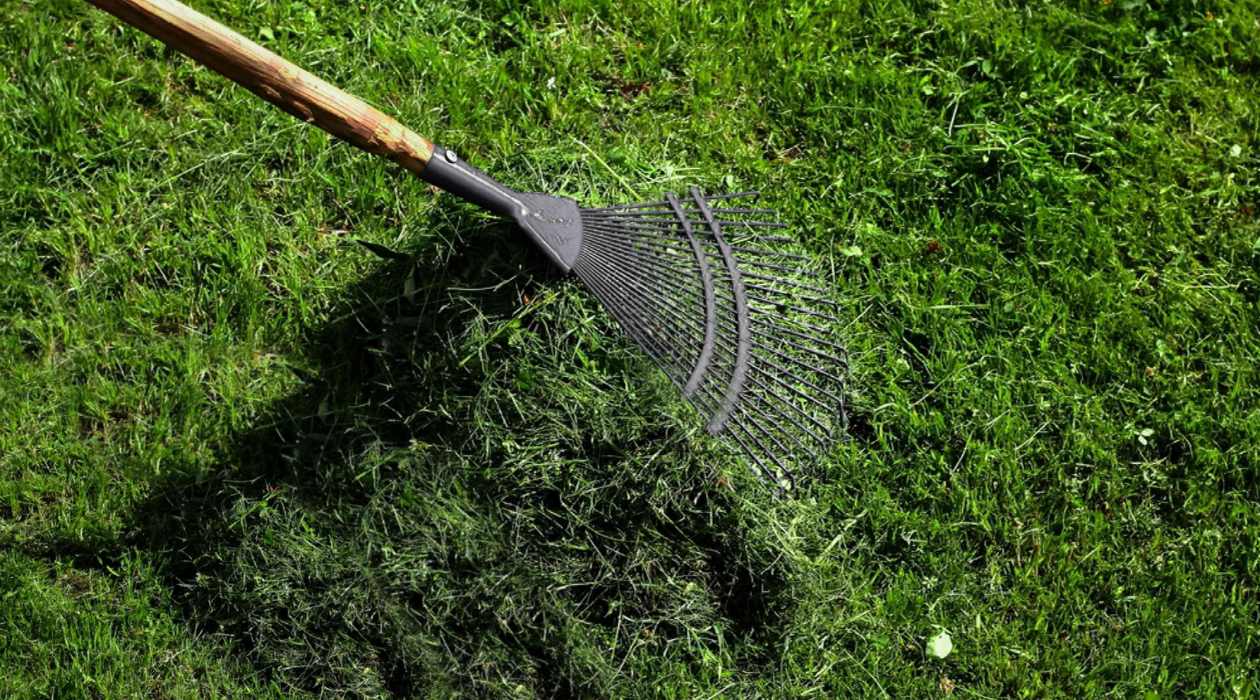
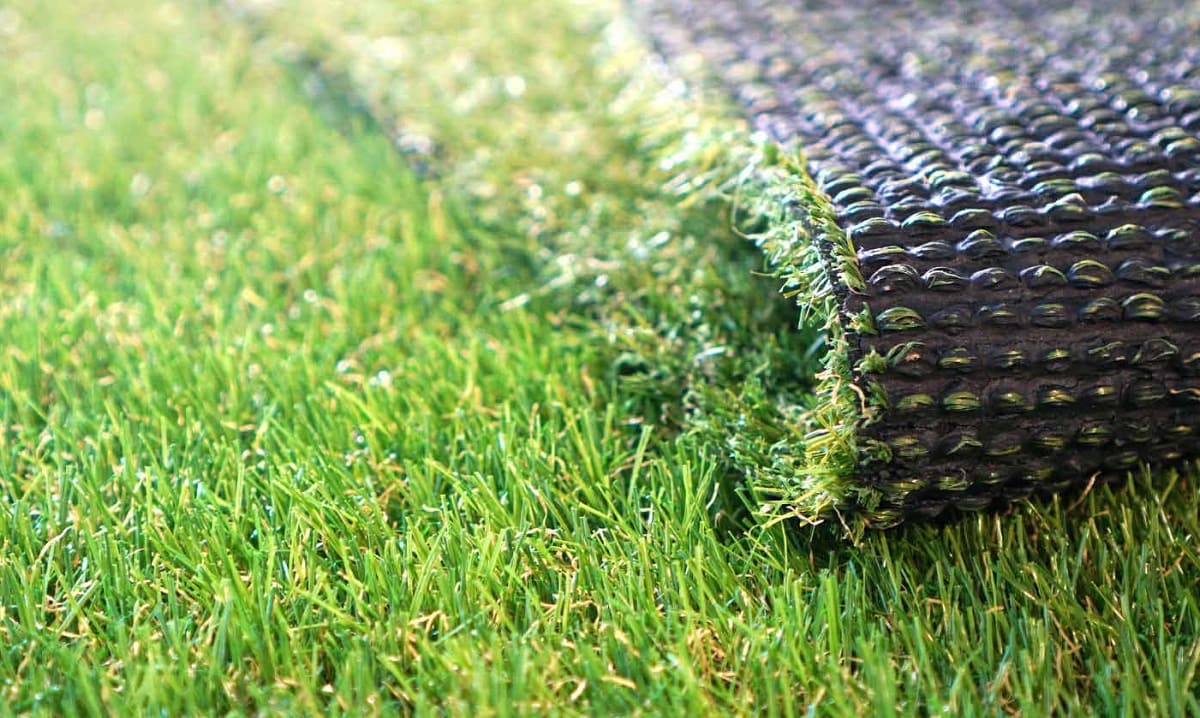
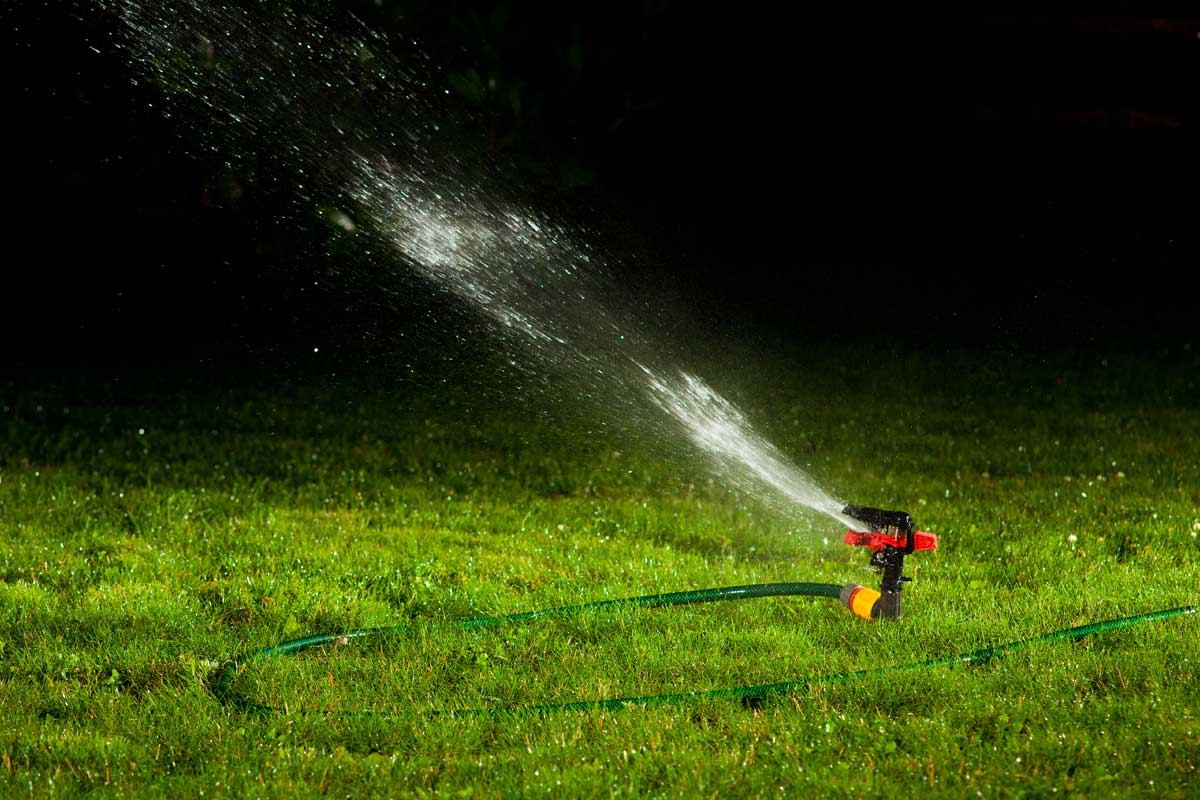
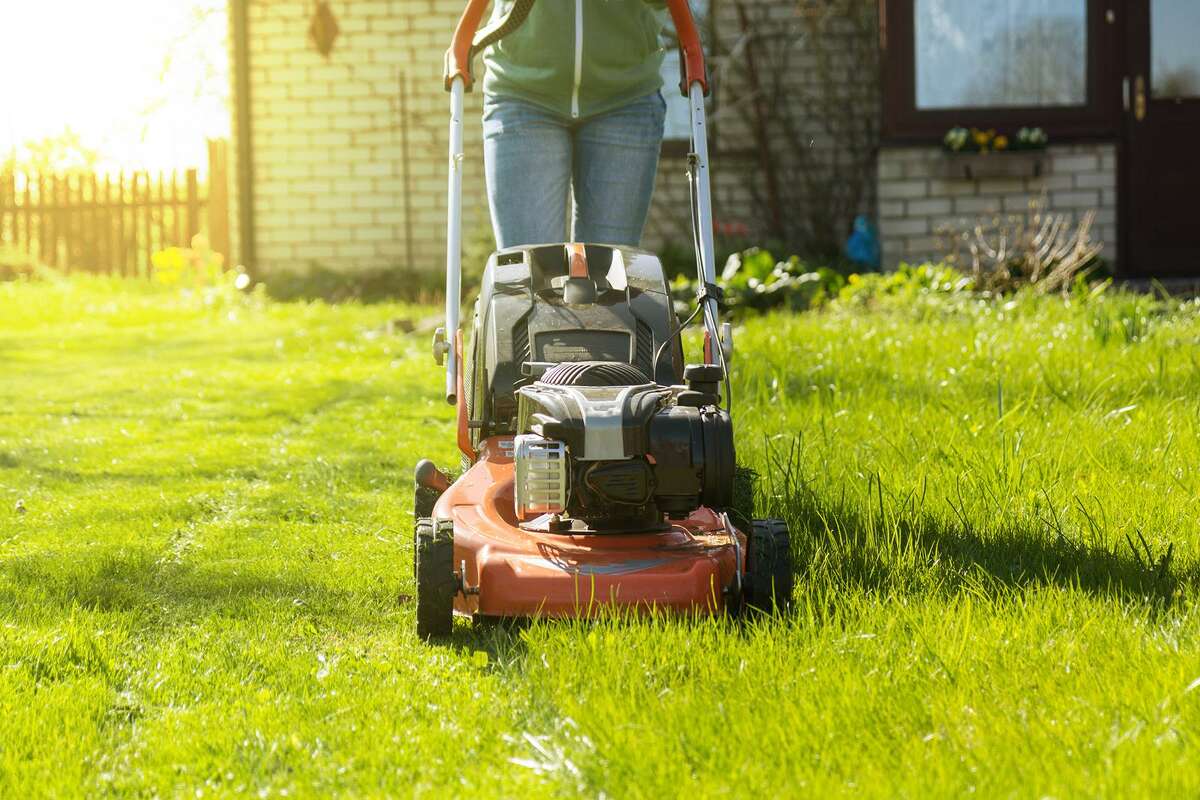
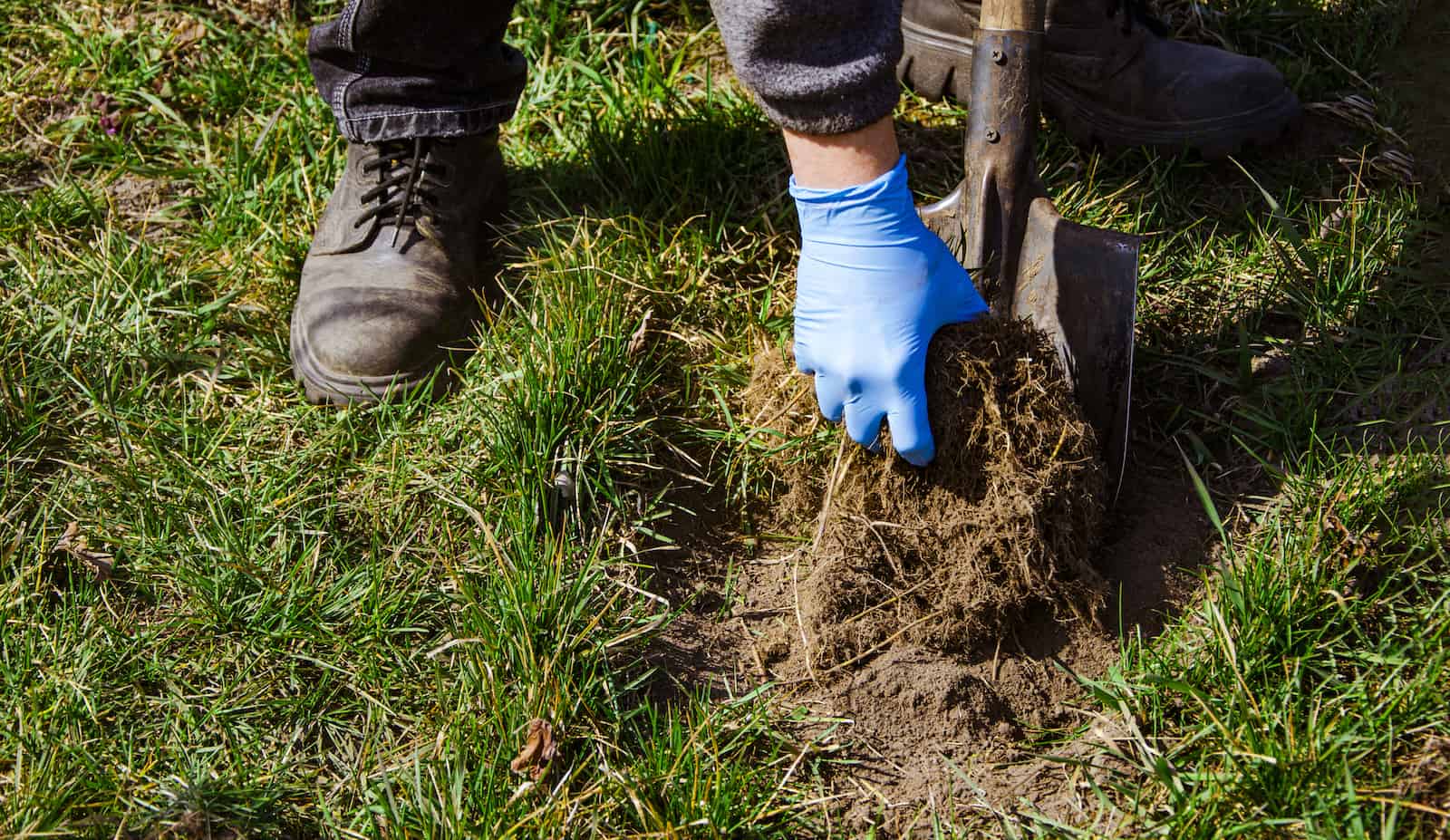
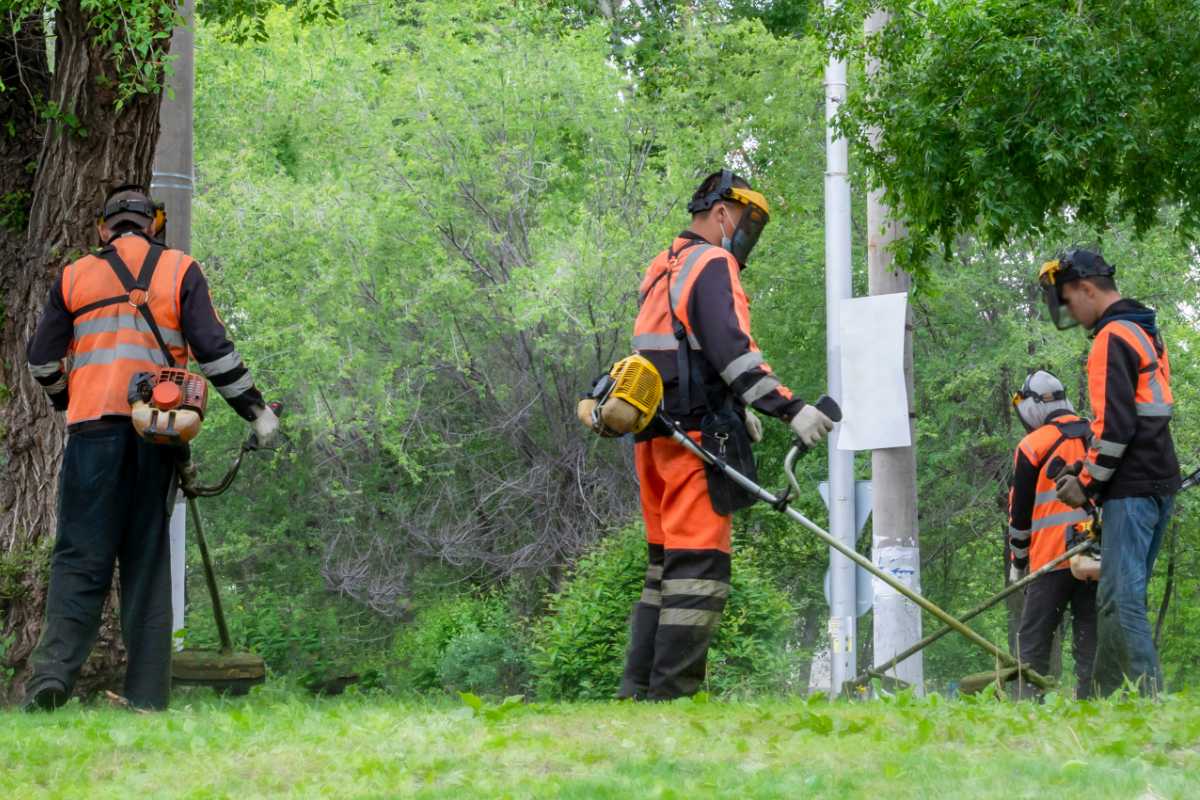
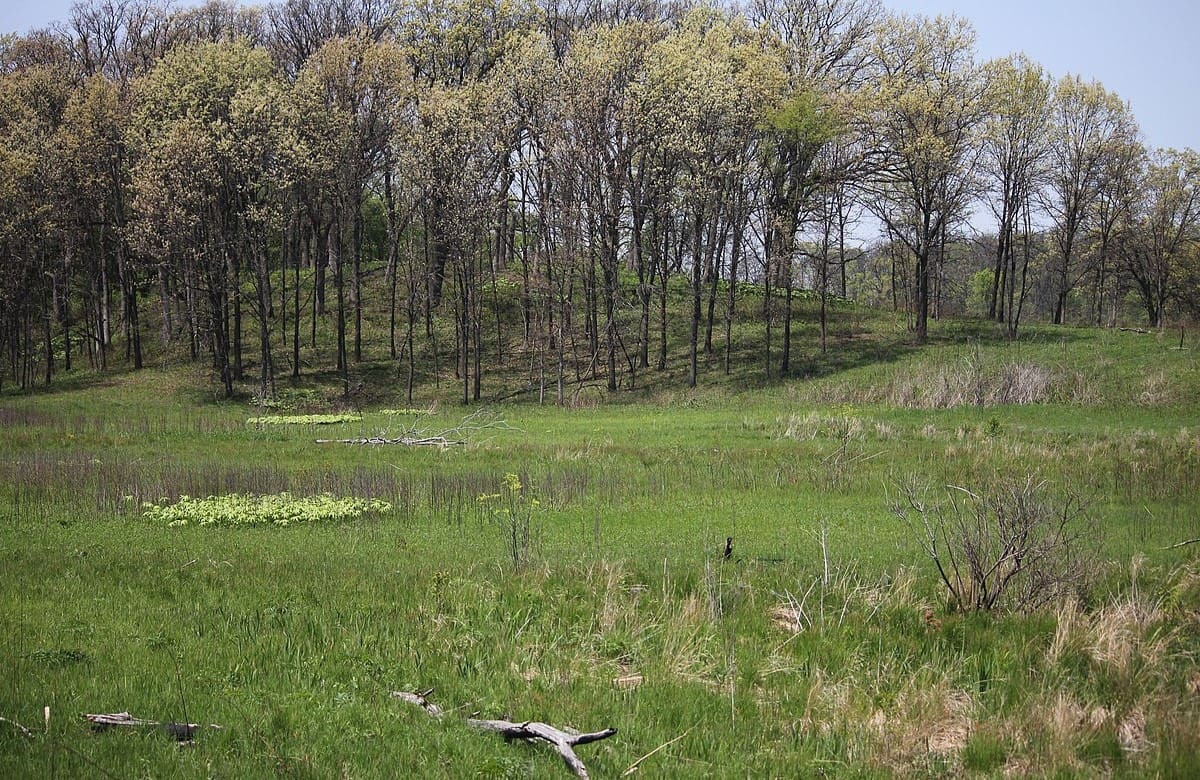
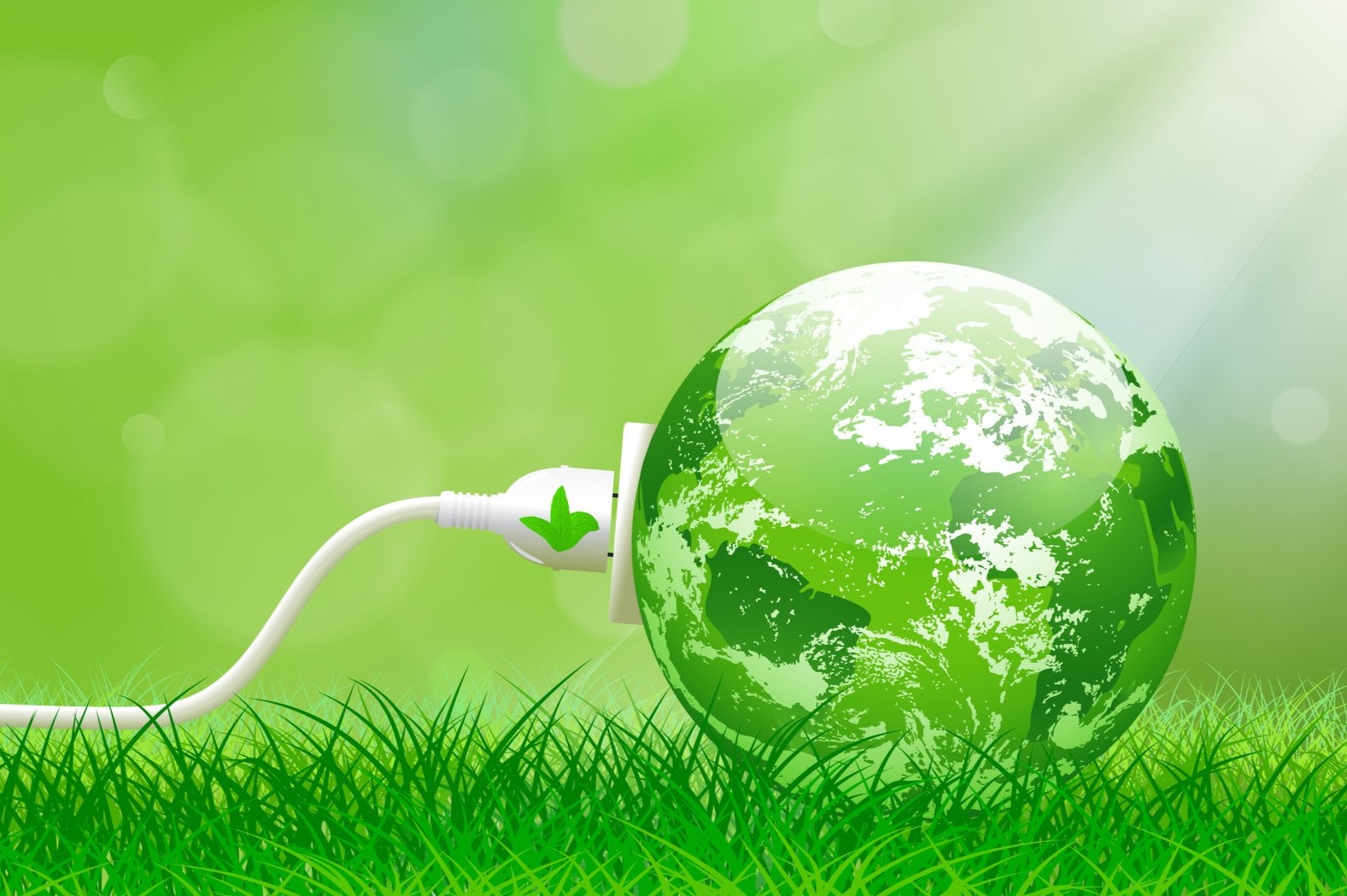


0 thoughts on “Why Are Grass Lawns Bad For The Environment”